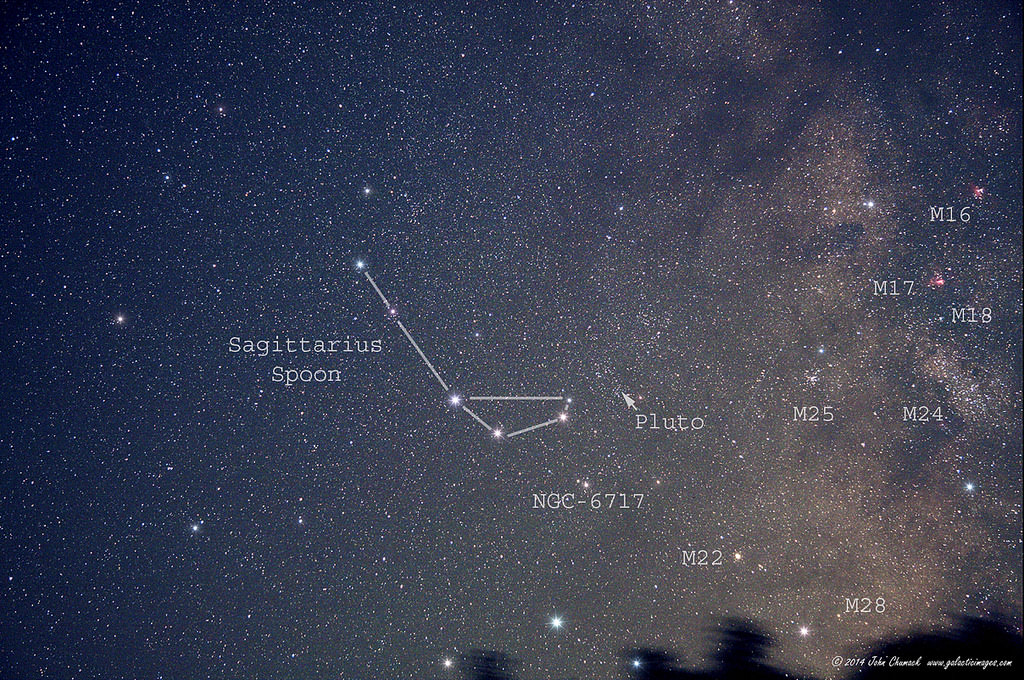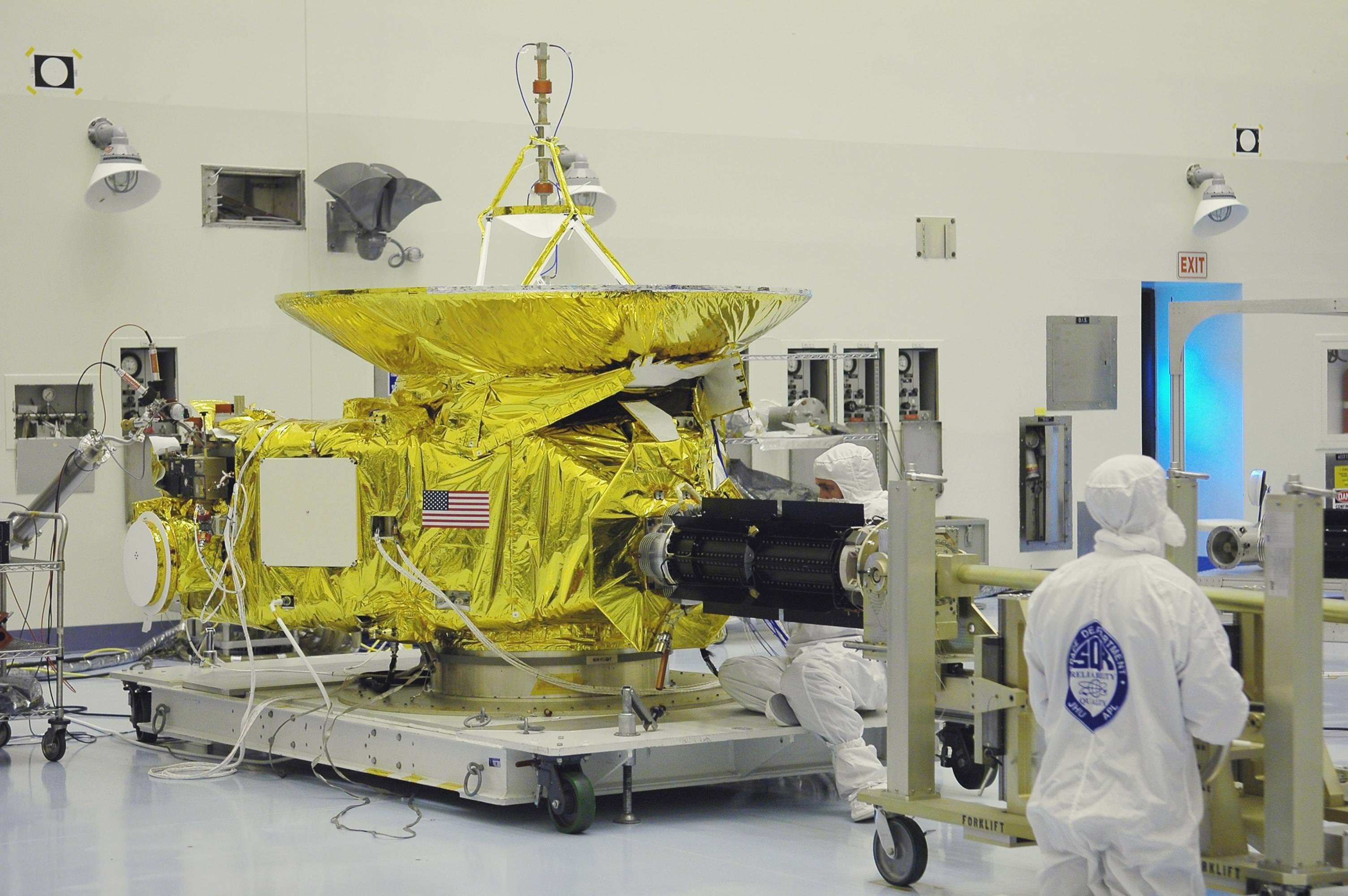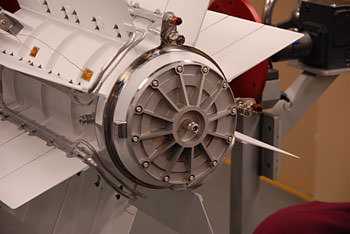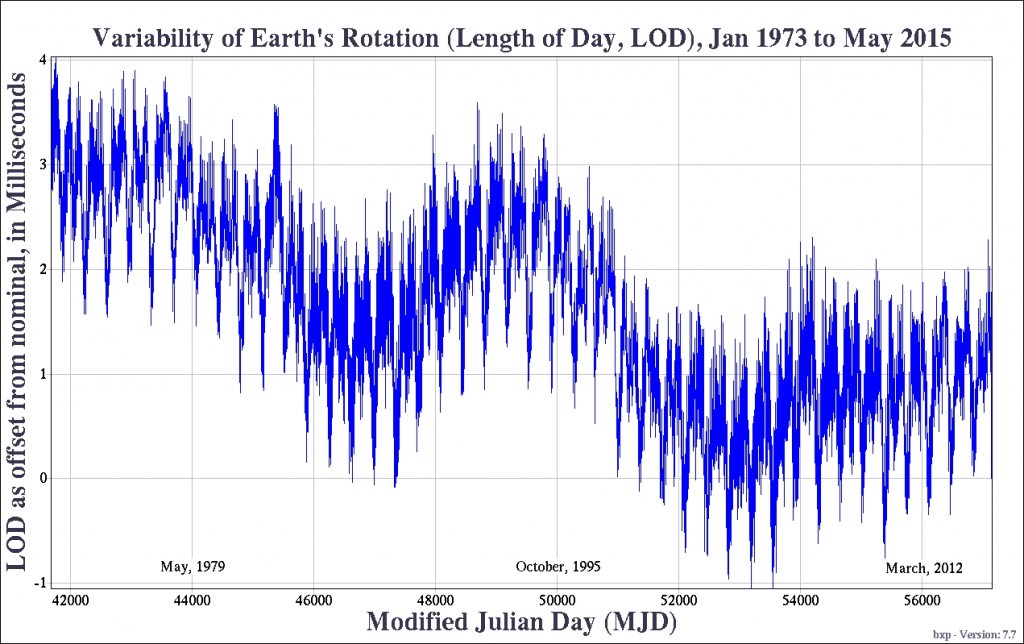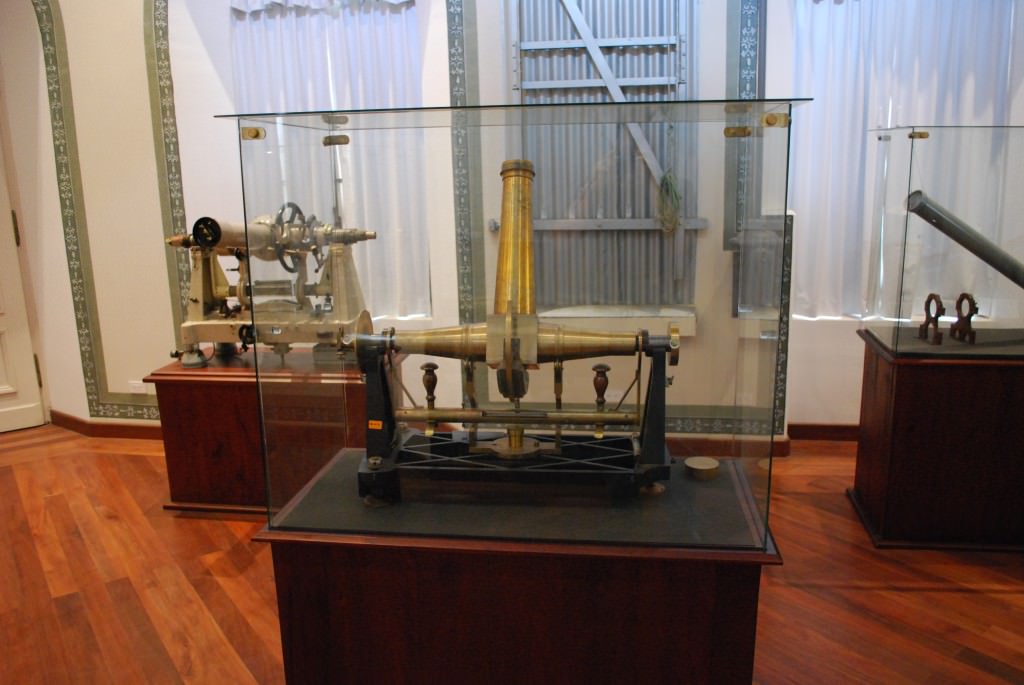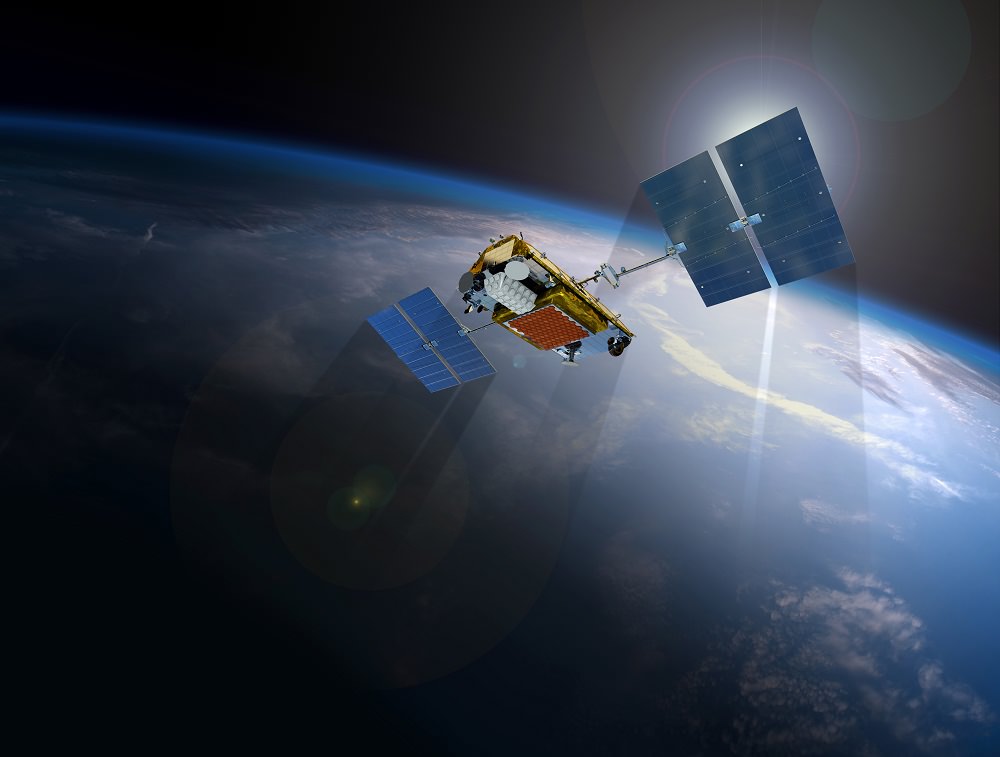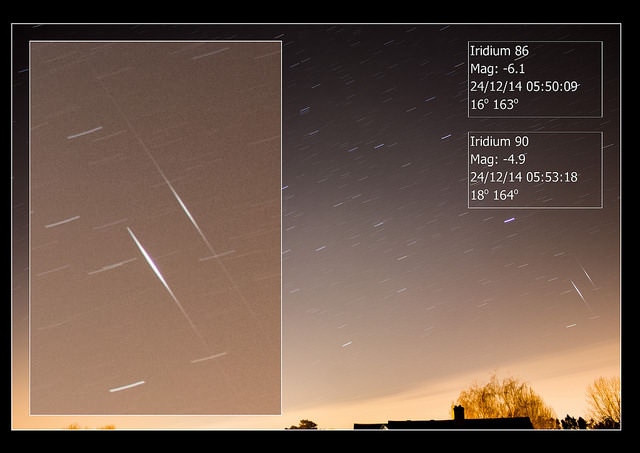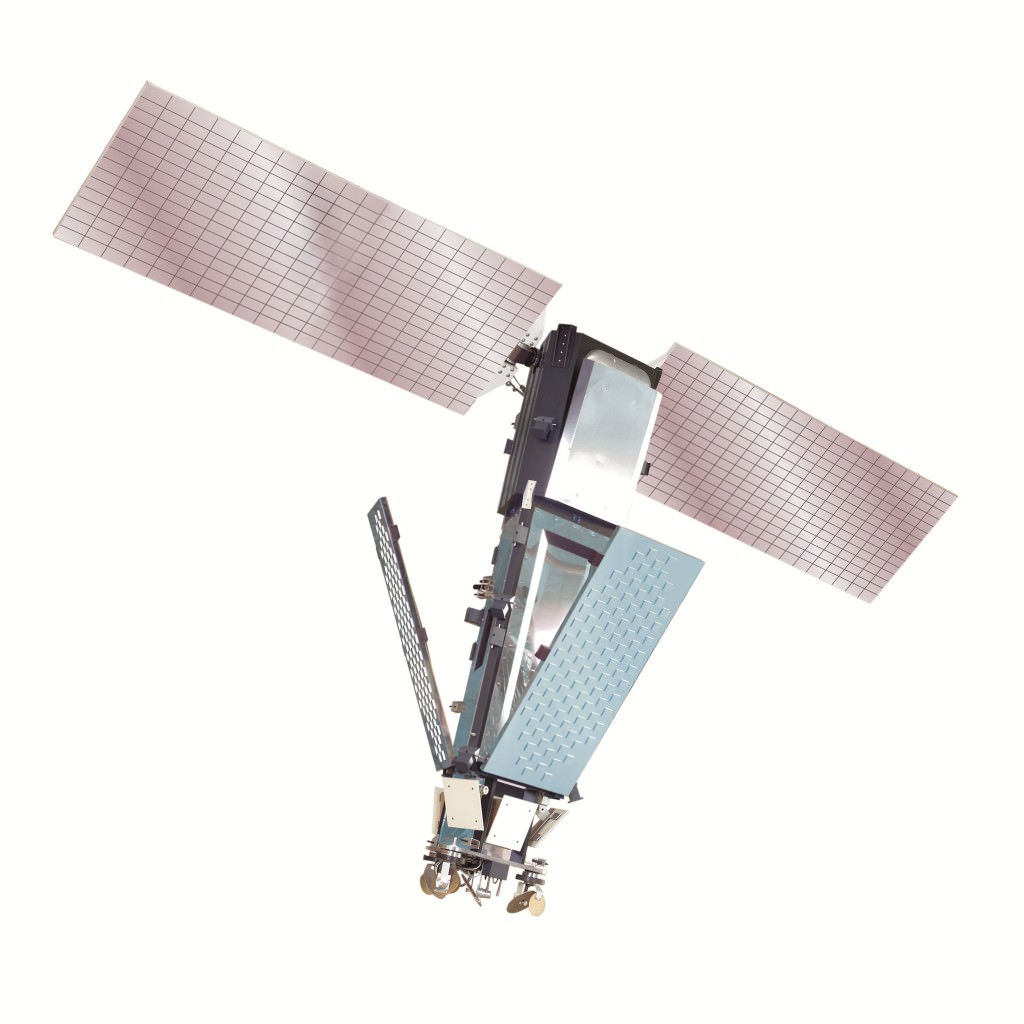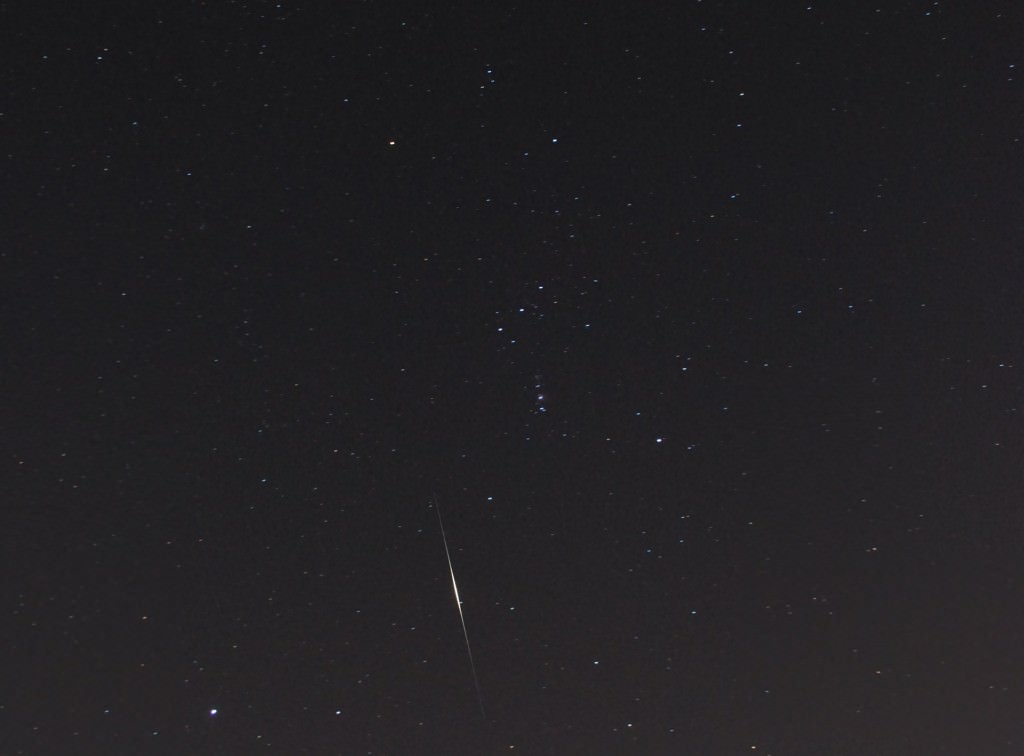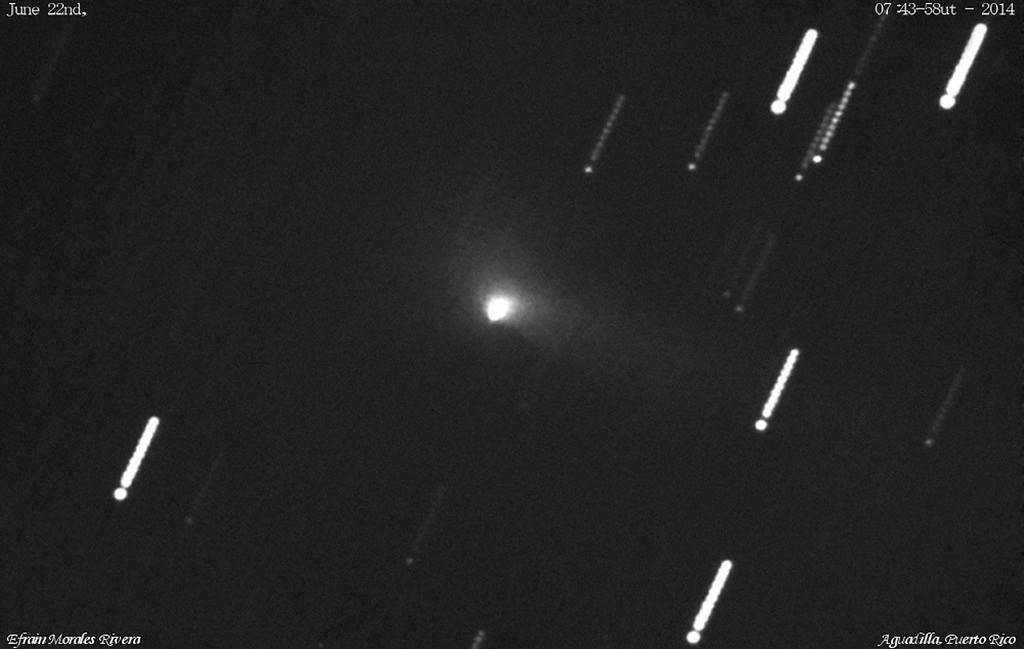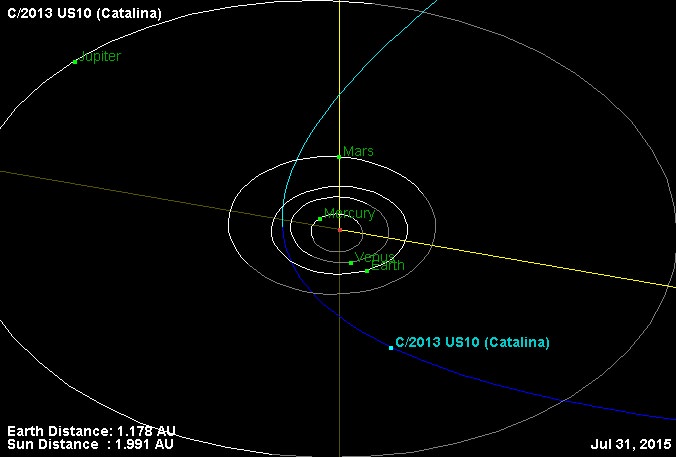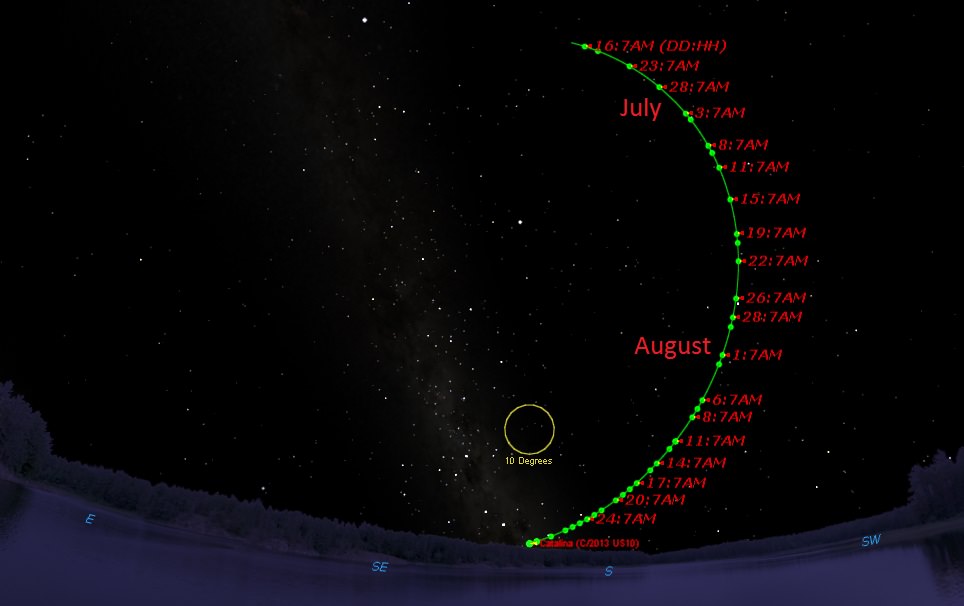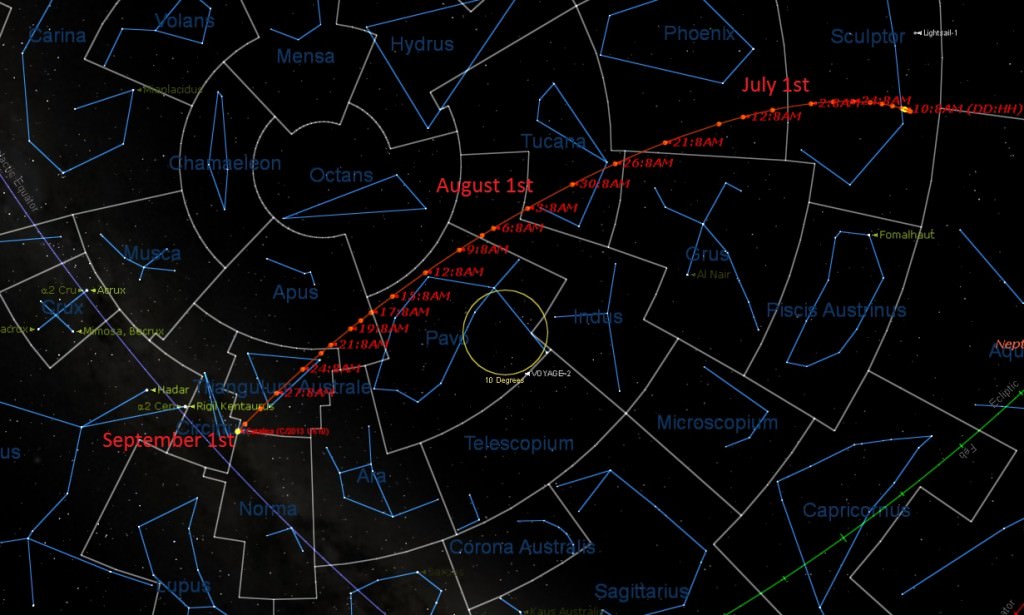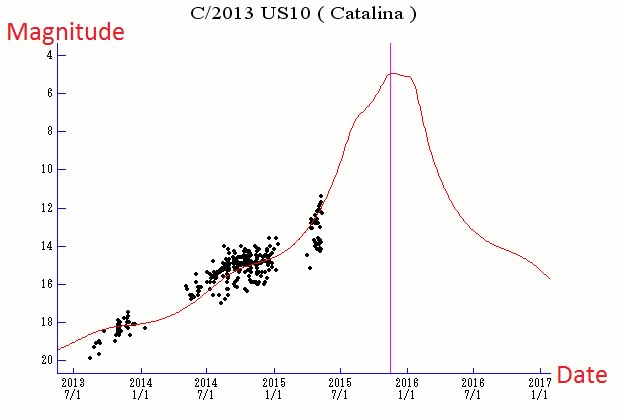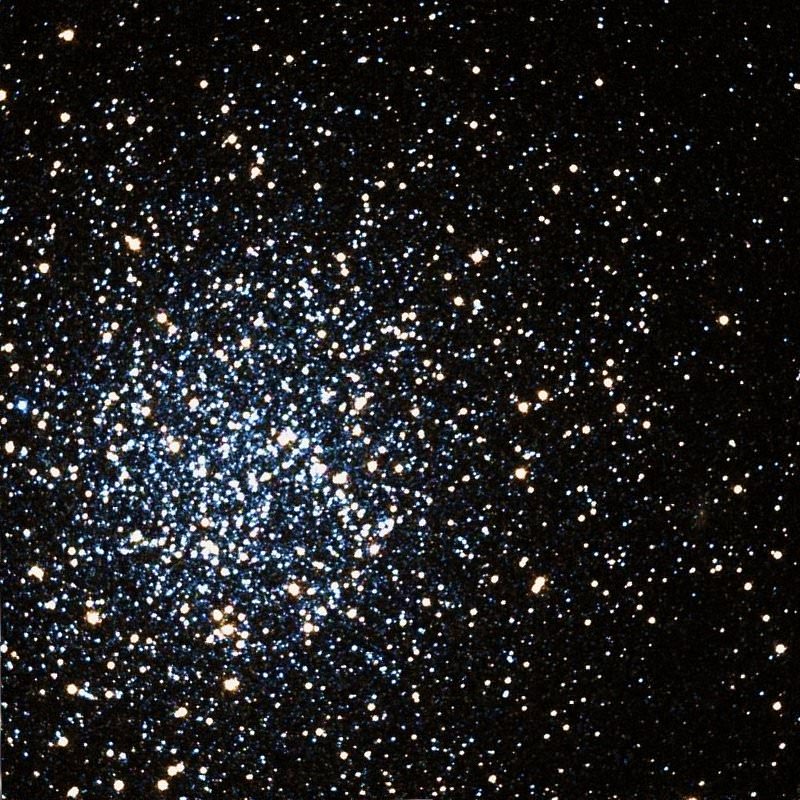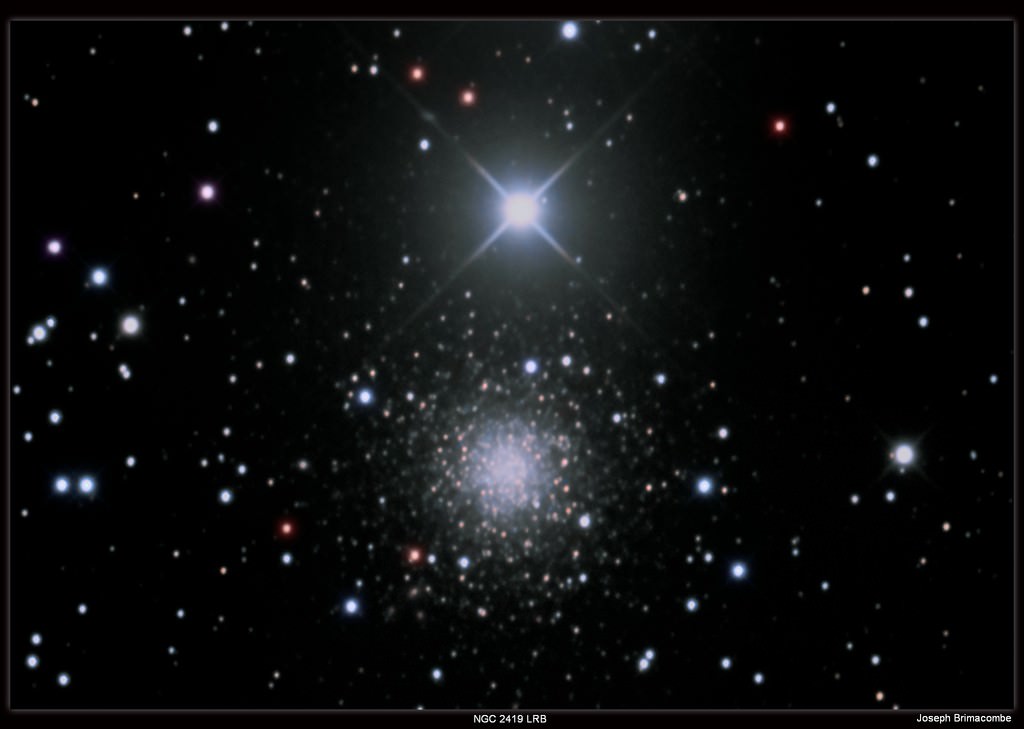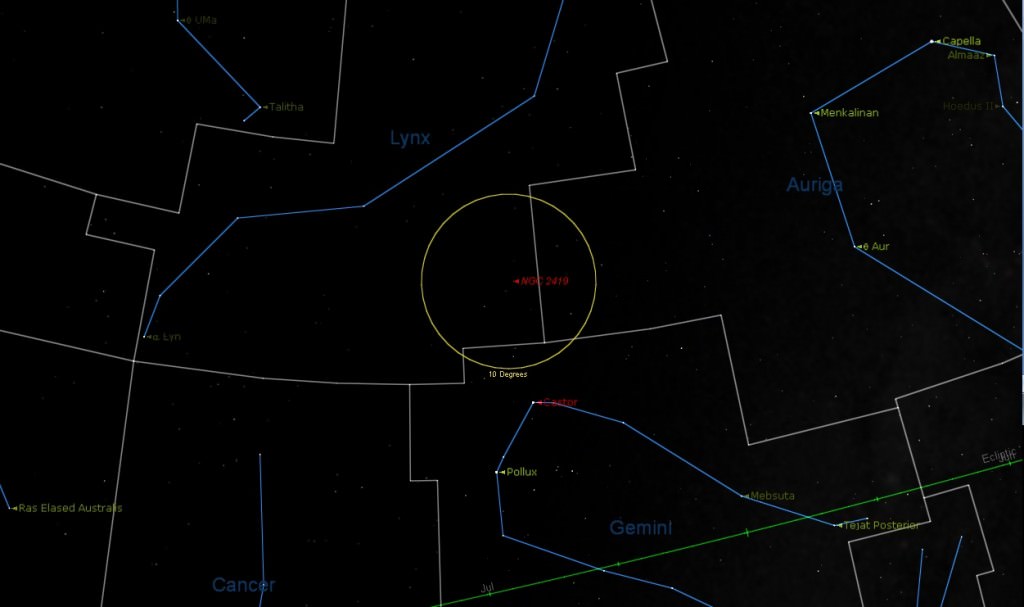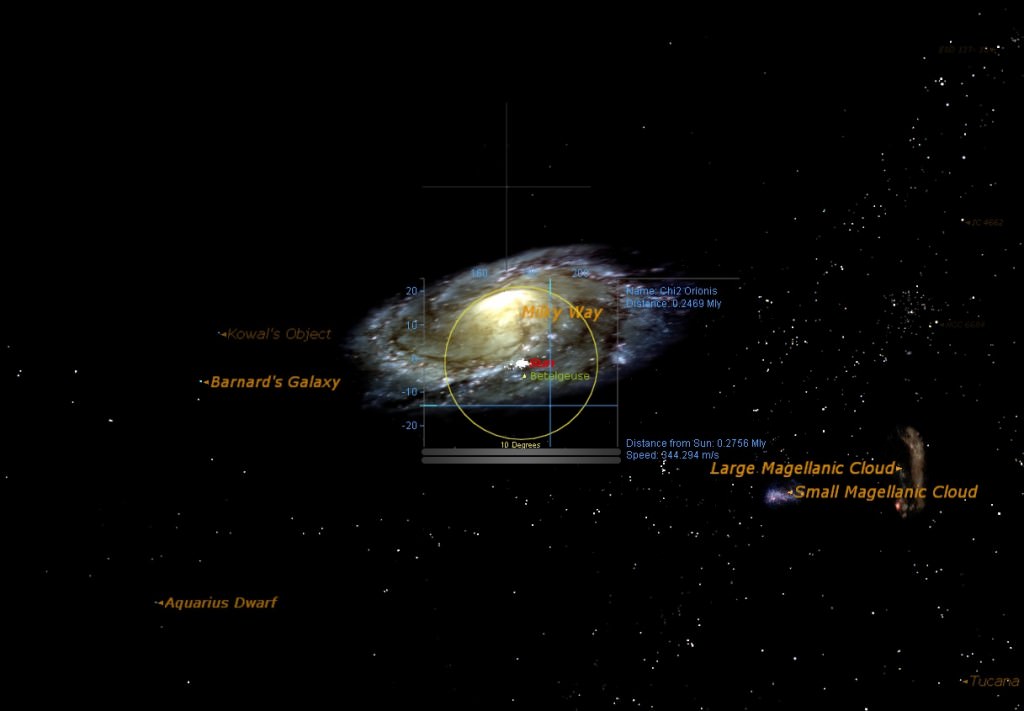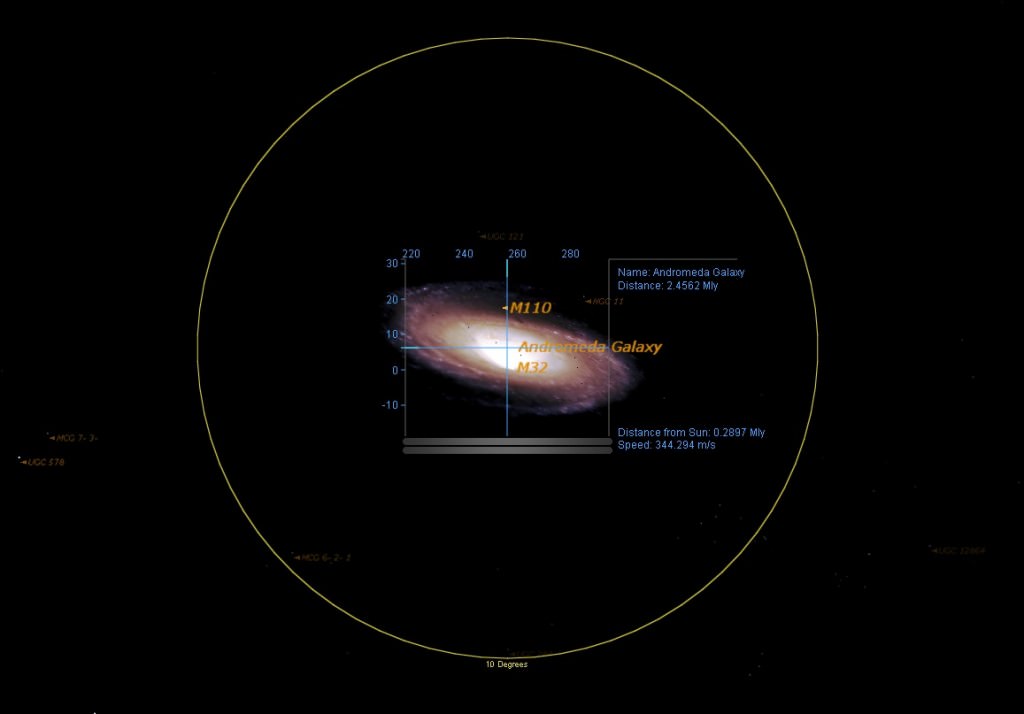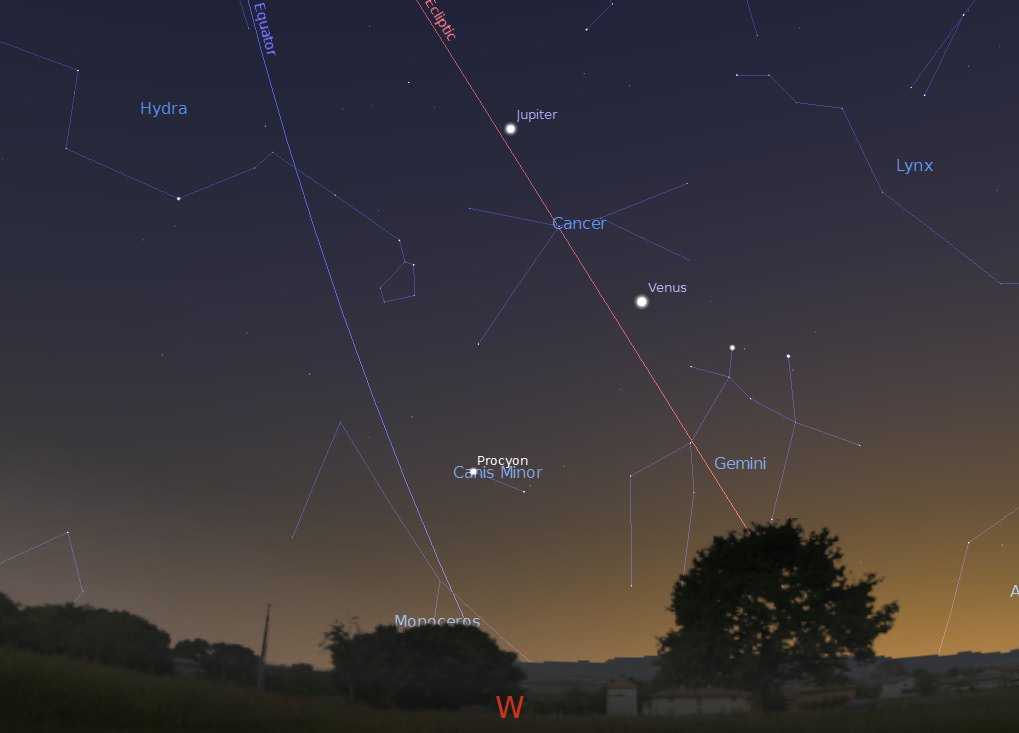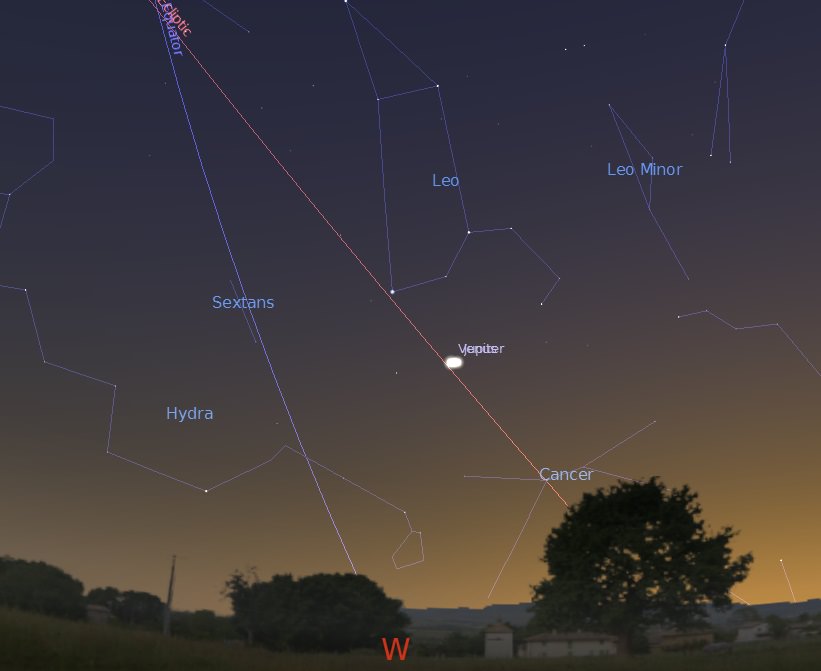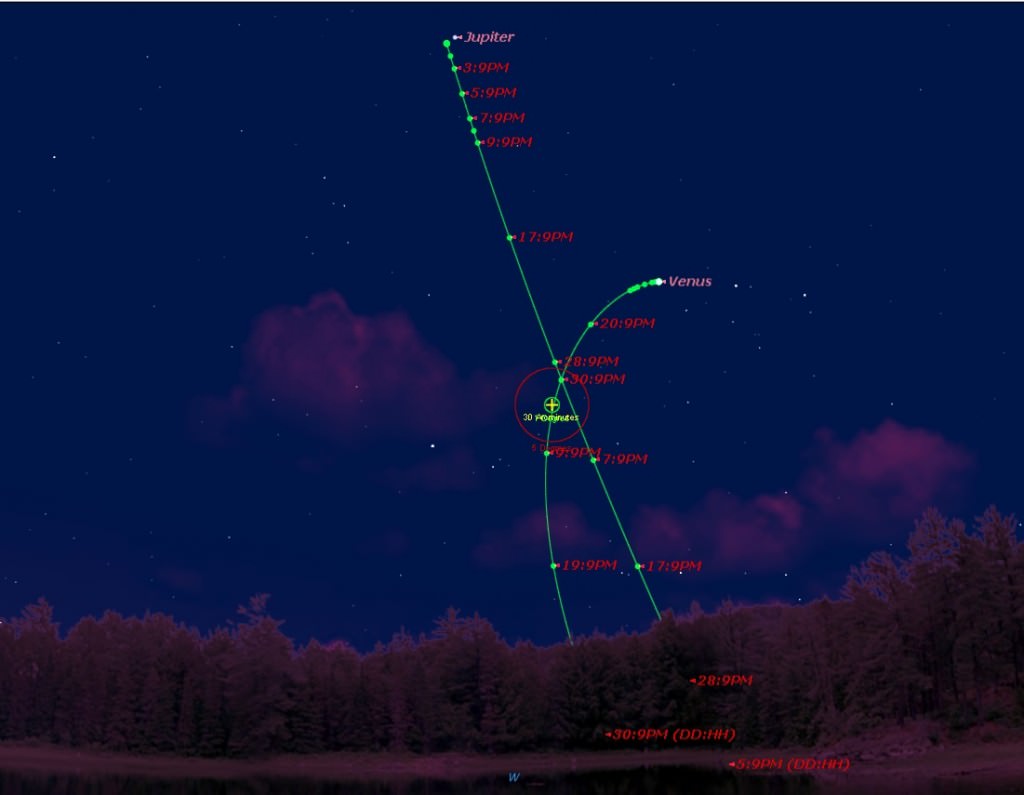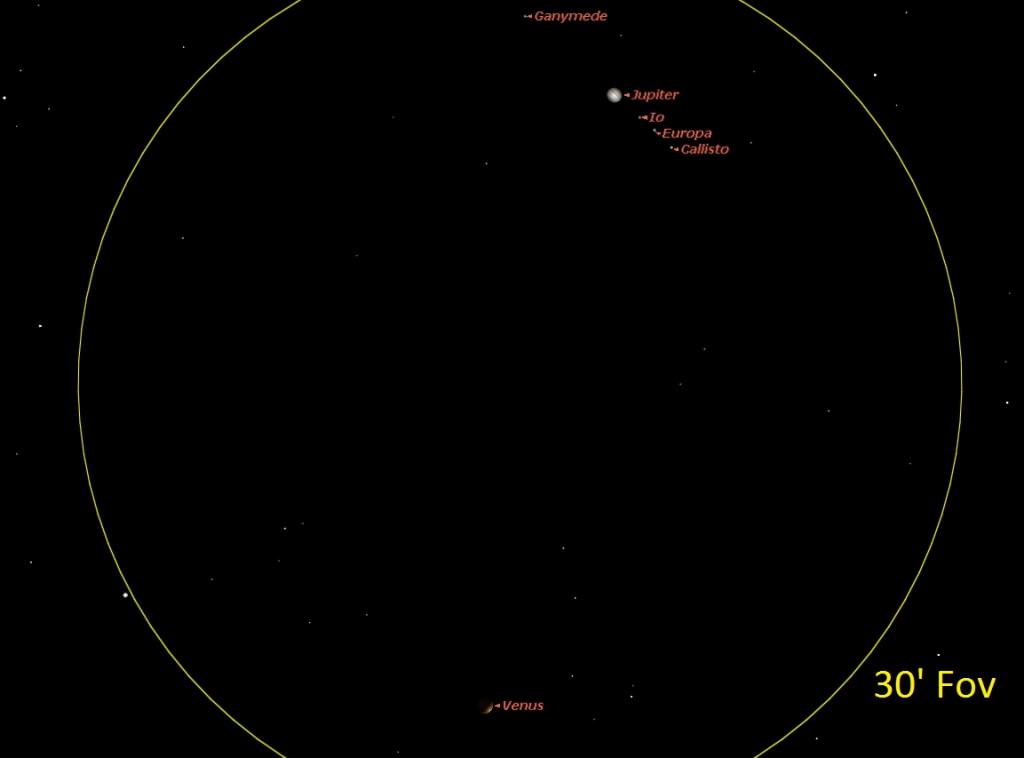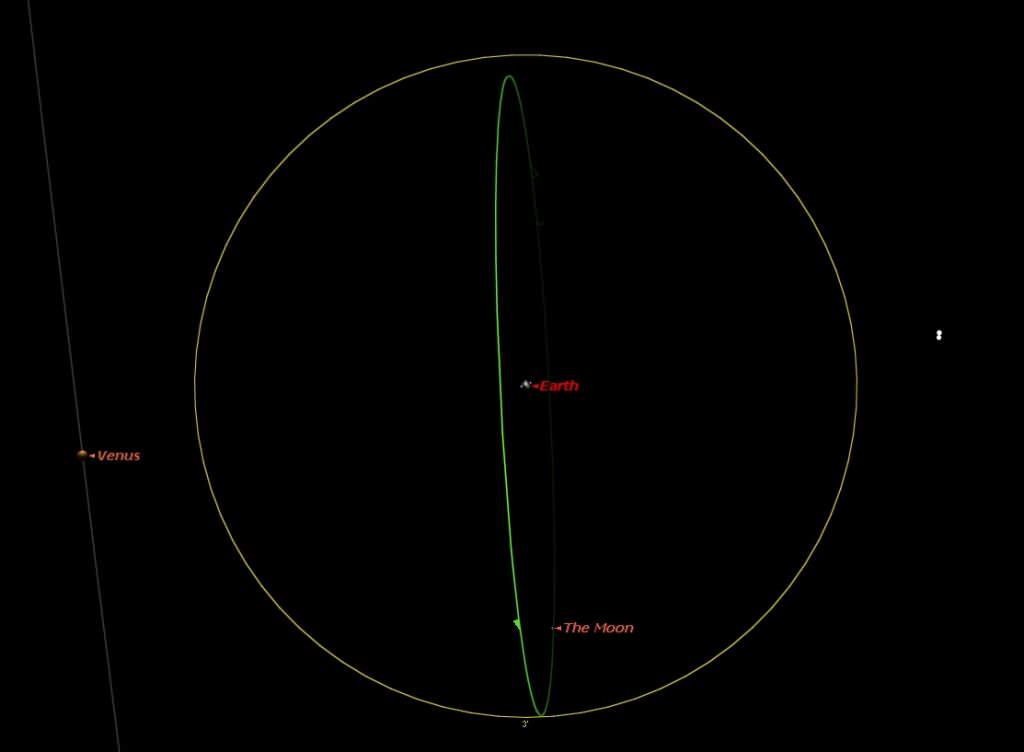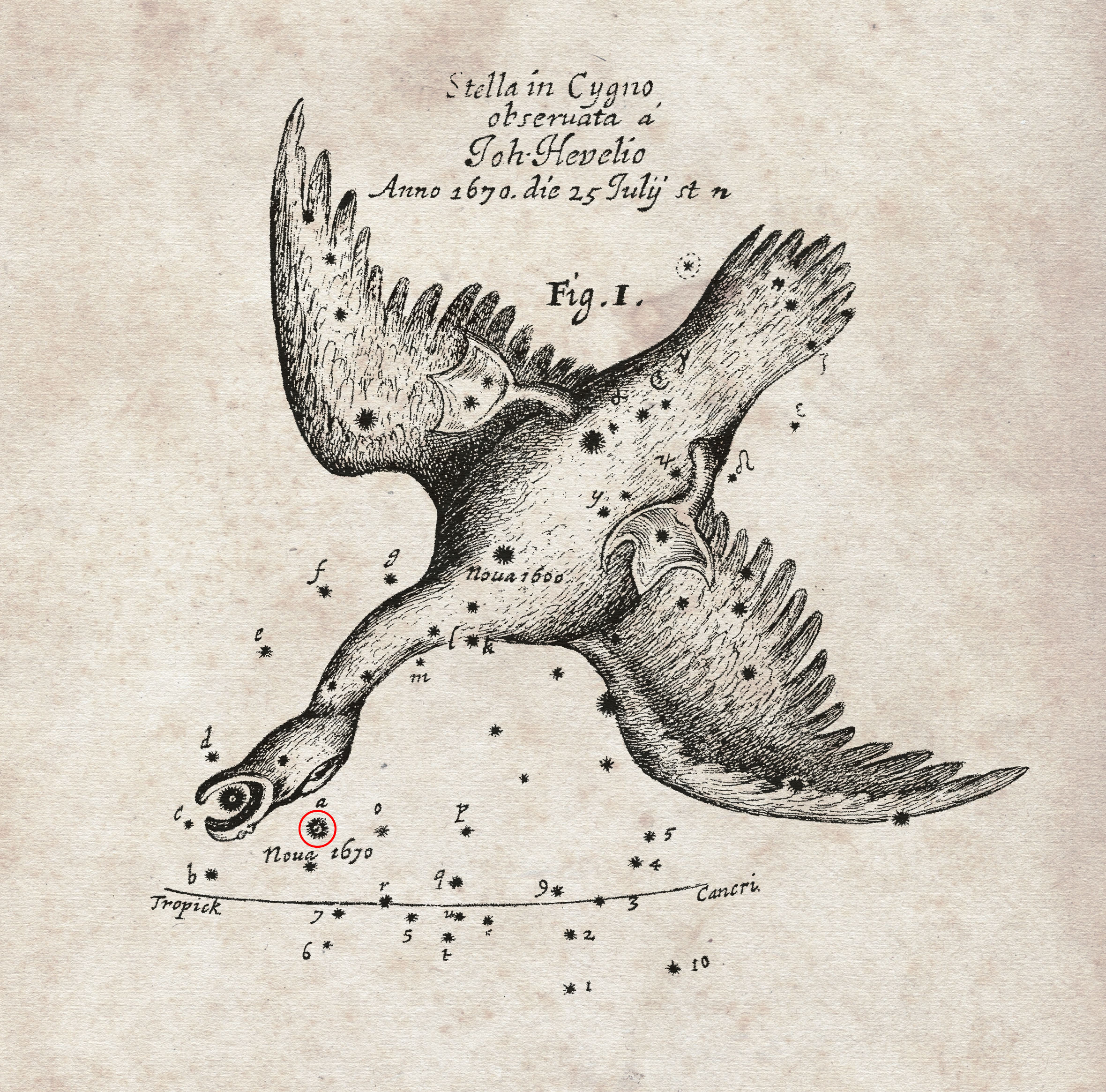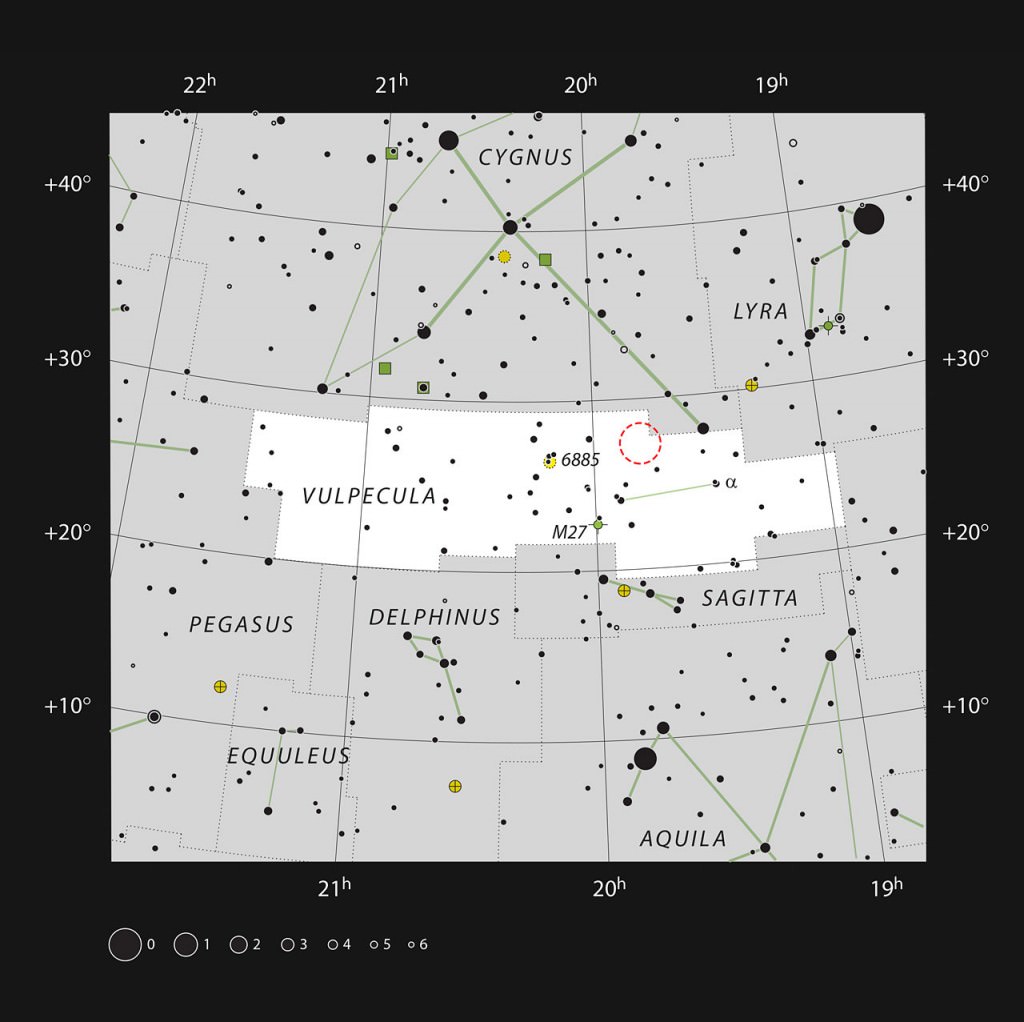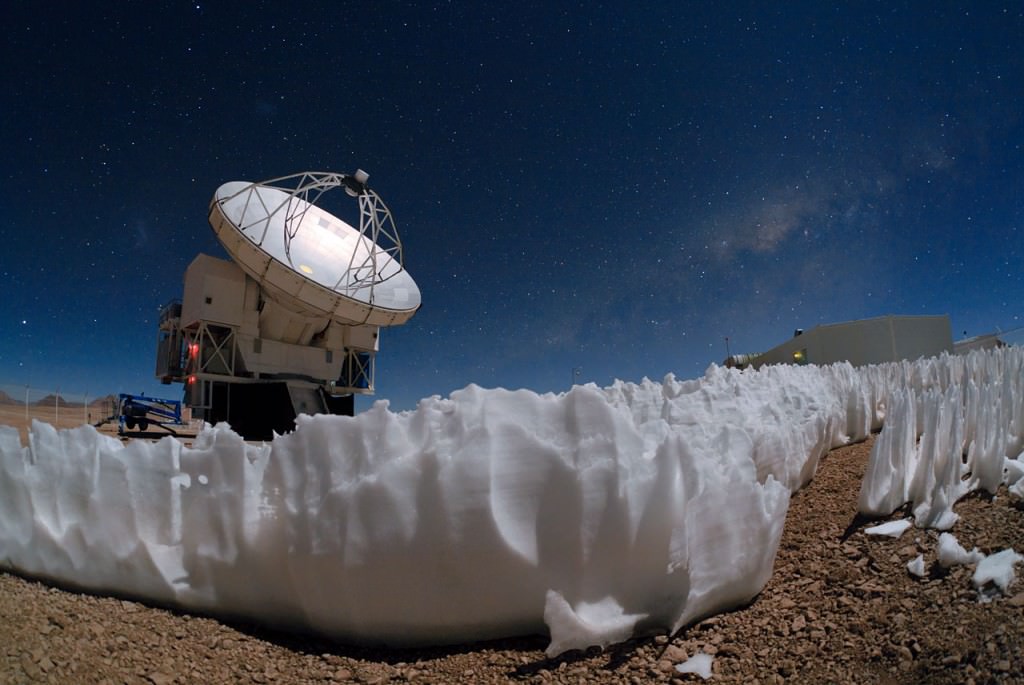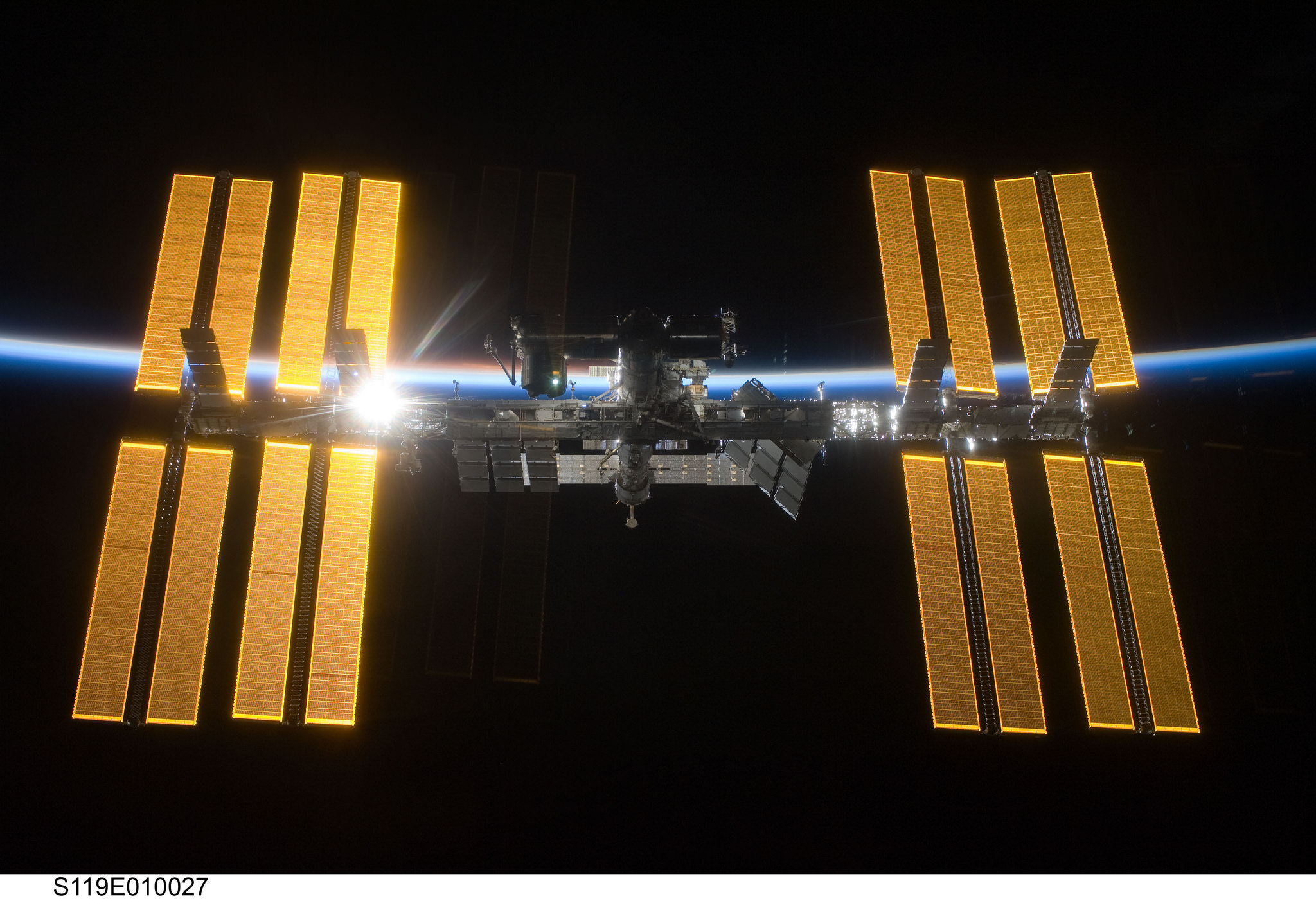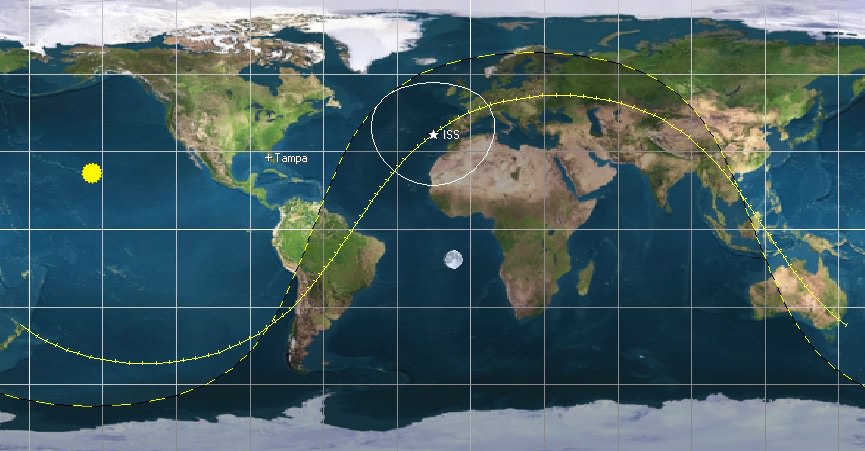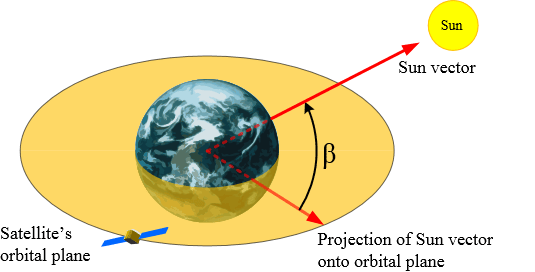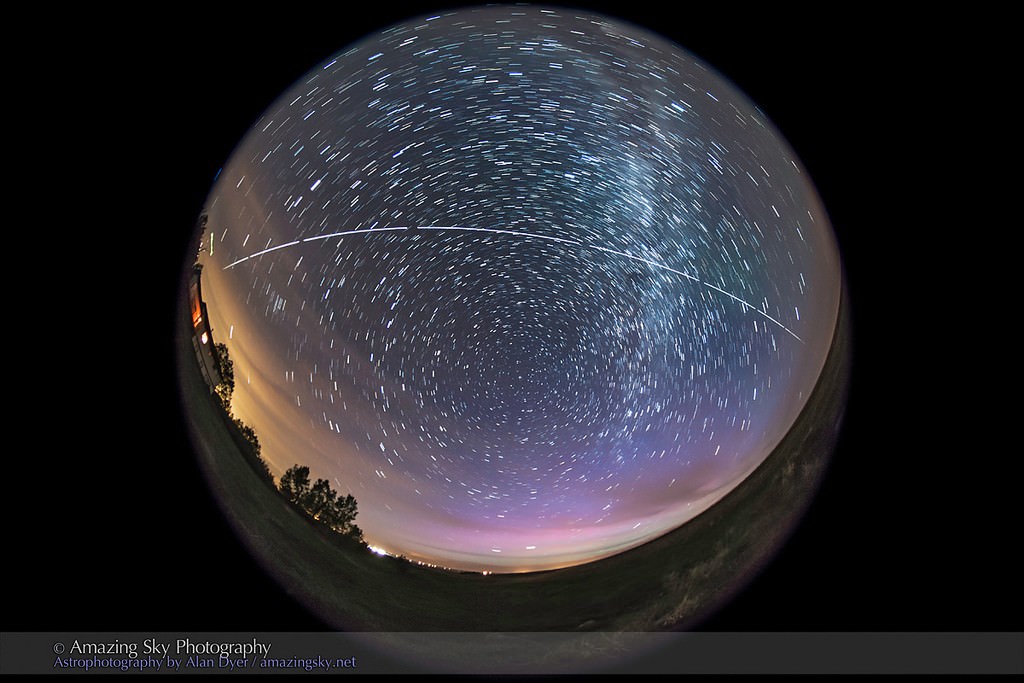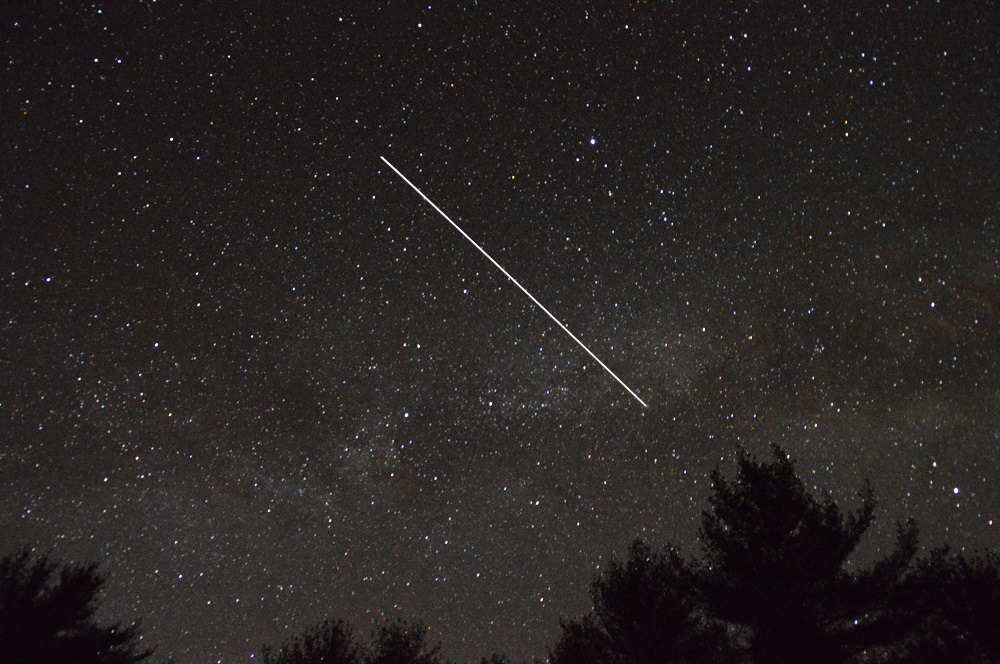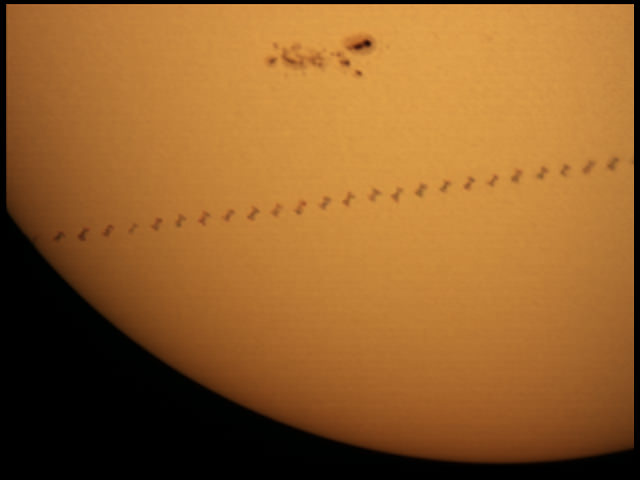Are you ready for July? The big ticket space event of the year is coming right up, as NASA’s New Horizons spacecraft is set to make its historic flyby targeting a pass 12,500 kilometres (7,750 miles) from the surface of Pluto at 11:50 UT on July 14th. Already, Pluto and its moons are growing sharper by the day, as New Horizons closes in on Pluto at over 14 kilometres per second.
And the good news is, this flyby of the distant world occurs just eight days after Pluto reaches opposition for 2015, marking a prime season to track down the distant world with a telescope.
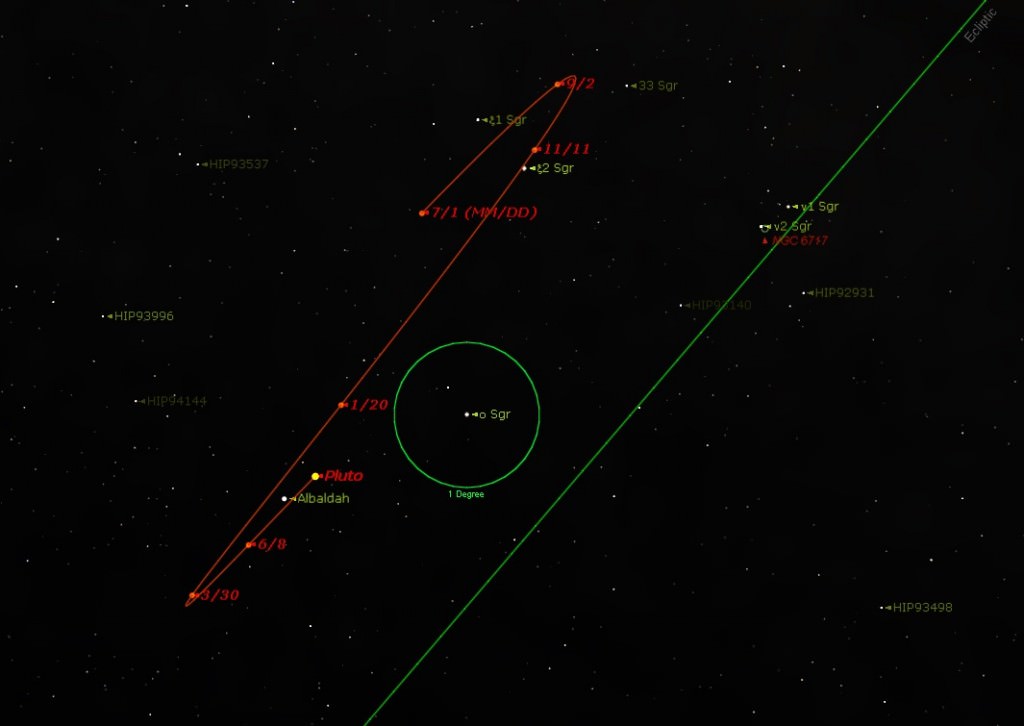
Pluto and its large moon Charon are snapping into focus as we reach the two week out mark. Discovered in 1930 by astronomer Clyde Tombaugh while working at the Lowell observatory in Flagstaff Arizona, these far off worlds are about to become real places in the public imagination. It’s going to be an exciting—if tense—few weeks, as new details and features are seen on these brave new worlds, all calling out for names. Are there undiscovered moons? Does Pluto host a ring system? What is the history of Pluto?
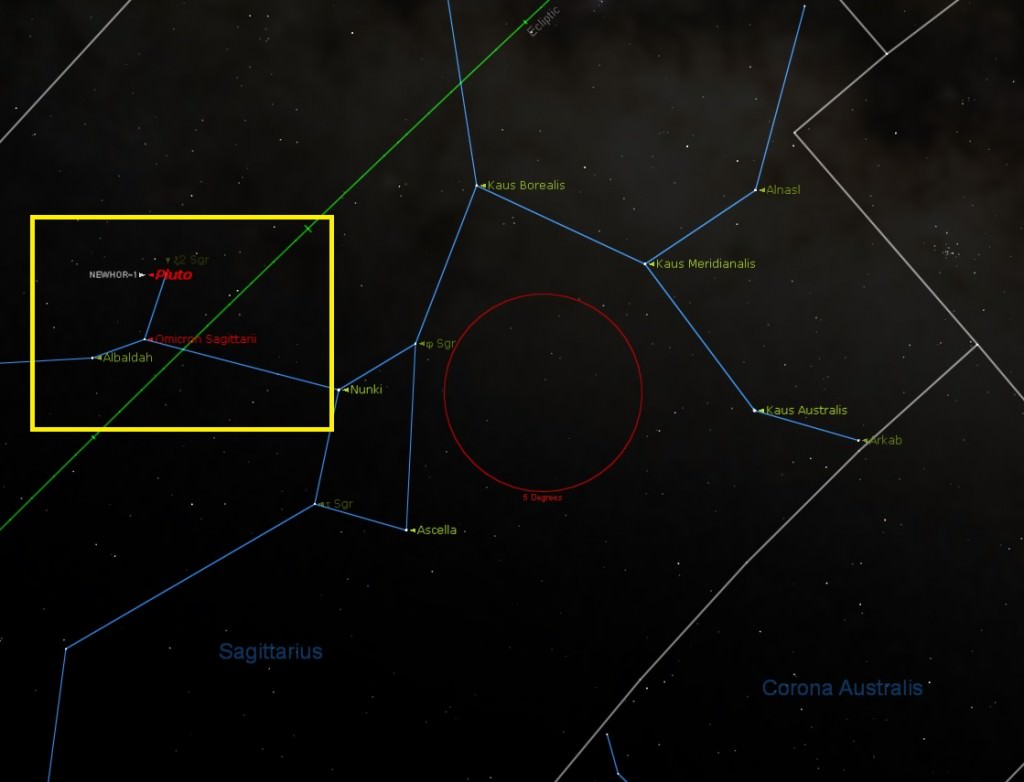
Hunting for Pluto with a backyard telescope is difficult, though not impossible. We suggest an aperture of 10-inches or greater, though the tiny world has been reliably spotted using a 6-inch reflector. Pluto reaches opposition on July 6th at 10:00 UT/6:00 AM EDT, marking a period when it will rise opposite to the setting Sun and transit highest near local midnight. Pluto spends all of 2015 in the constellation Sagittarius. This presents two difficulties: 1). We’re currently looking at Pluto against the very star-rich backdrop towards the center of the Milky Way Galaxy, and 2). Its southerly declination means that it won’t really ‘clear the weeds’ much for northern hemisphere observers.
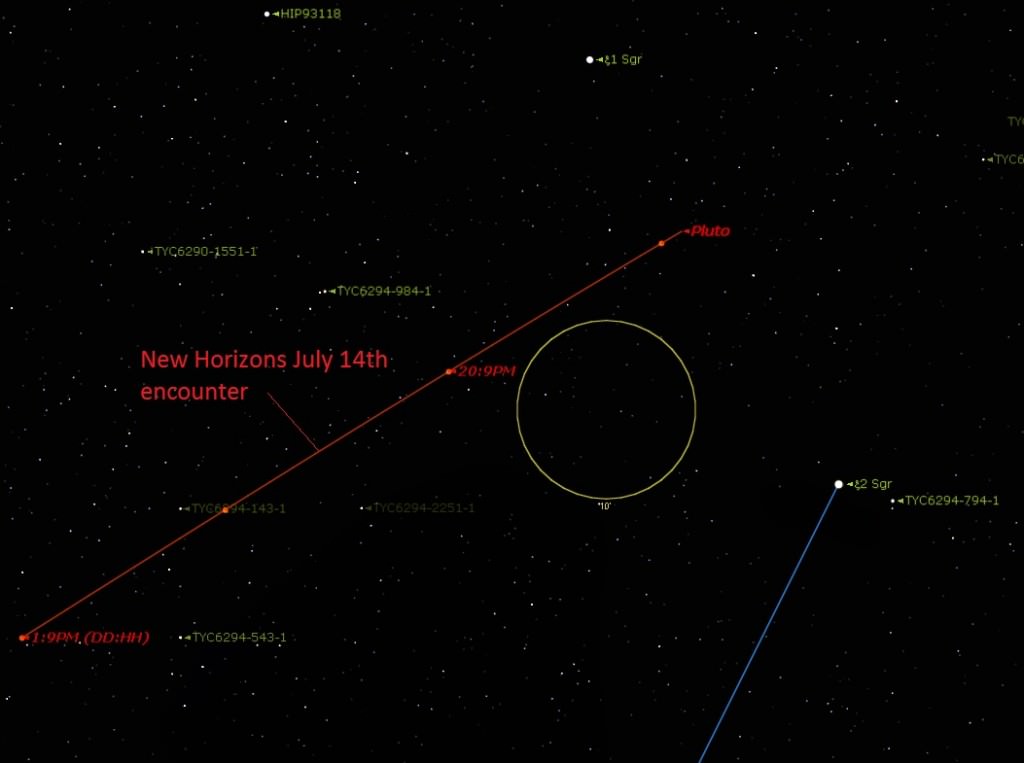
But don’t despair. With a good finder chart and patience, you too can cross Pluto off of your life list. In fact, the month of July sees Pluto thread its way between the 27’ wide +4th magnitude pair Xi Sagittarii, making a great guidepost to spot the 14th magnitude world.
Don’t own a telescope? You can still wave in the general direction of New Horizons and Pluto on the evening of July 1st, using the nearby Full Moon as a guide:
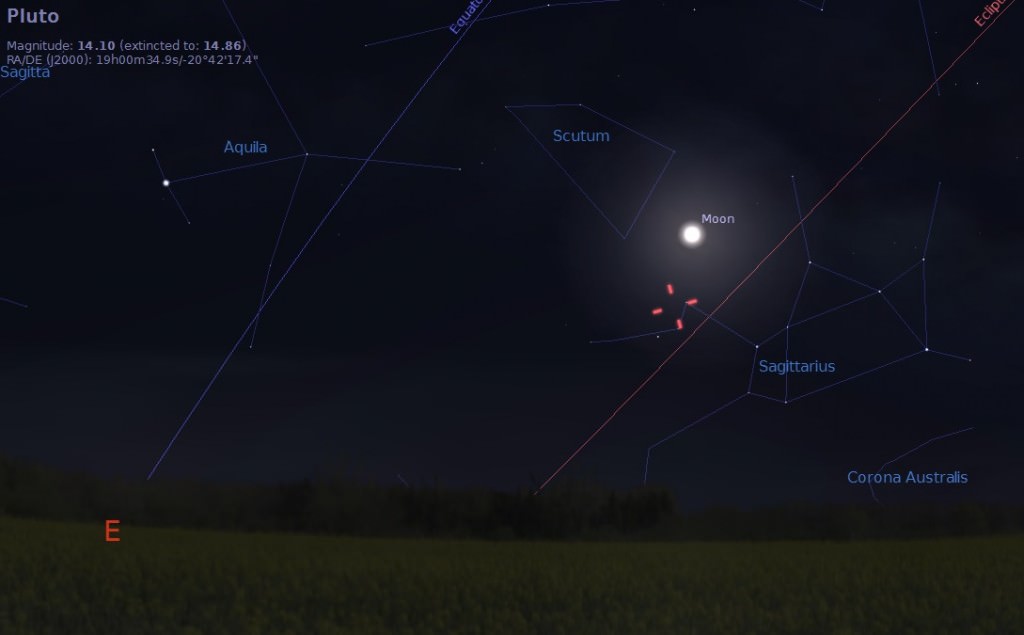
Pluto orbits the Sun once every 248 years, and reaches opposition every 367 days. A testament to this slow motion is the fact that Mr. Tombaugh first spied Pluto south of the star Delta Gemini, and it has only moved as far as Sagittarius in the intervening 85 years. Pluto also passed perihelion in 1989, when it was about half a magnitude brighter than it currently is now. Pluto’s distance from the Sun varies from 30 AU to 49 AU, and Pluto will reach aphelion just under a century from now on 2114.
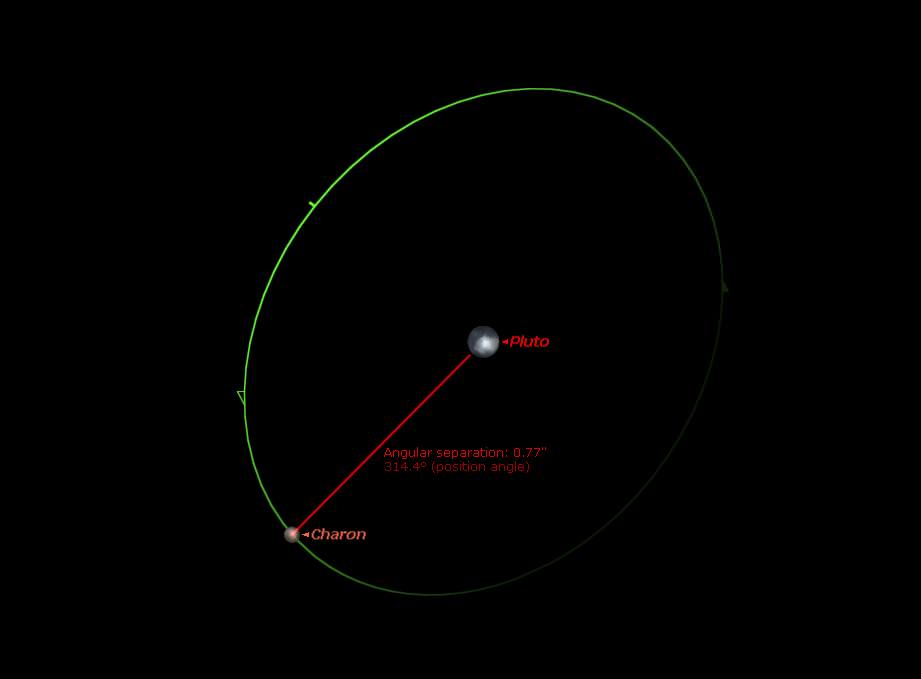
Up for a challenge? Hunting down Pluto’s elusive moon Charon is an ultimate feat of astronomical athletics. Amazingly, this has actually been done before, as reported here in 2008 on Universe Today.
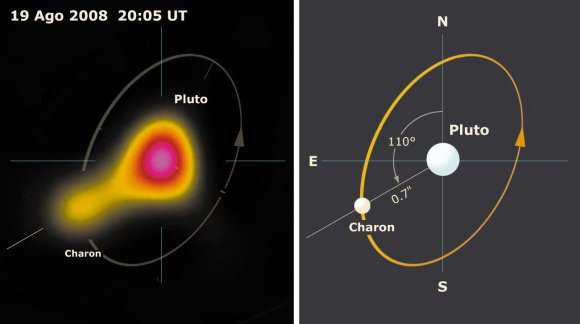
Charon reaches greatest elongation 0.8” from Pluto once every three days. Shining at +16th magnitude, Charon is a faint catch, though not impossible. We’re already seeing supporting evidence from early New Horizons images that these two worlds stand in stark contrast, with dark Charon covered in relatively low albedo dirty water-ice and while brighter Pluto is coated with reflective methane snow.

The current forward-looking view from New Horizons of Pluto is amazing to consider. As of July 1st, the spacecraft is 0.11 AU (17 million kilometres) from Pluto and closing, and the world appears as a +1.7 magnitude object about 30 arc seconds across. The views of Pluto are courtesy of New Horizons’ LORRI (Long Range Reconnaissance Imager), which in many ways is very similar to a familiar backyard 8-inch Schmidt-Cassegrain telescope. It’s interesting to note that the views we’re currently getting very closely resemble amateur views of Mars near opposition, though we suspect that will change radically in about a week.
And it will take months for all of the New Horizons data to make its way back to Earth. The real nail-biter will be the 20 hour period of close rendezvous on July 14th, a period in which the spacecraft will have to acquire Pluto and Charon, do its swift ballet act, and carry out key observations—all on its own before phoning home. This will very likely be the only mission to Pluto in our lifetimes, as New Horizons will head out to rendezvous with several Kuiper Belt Objects in the 2020 time frame before joining the Voyager I & II and Pioneer 10 & 11 spacecraft in an orbit around the Milky Way Galaxy.
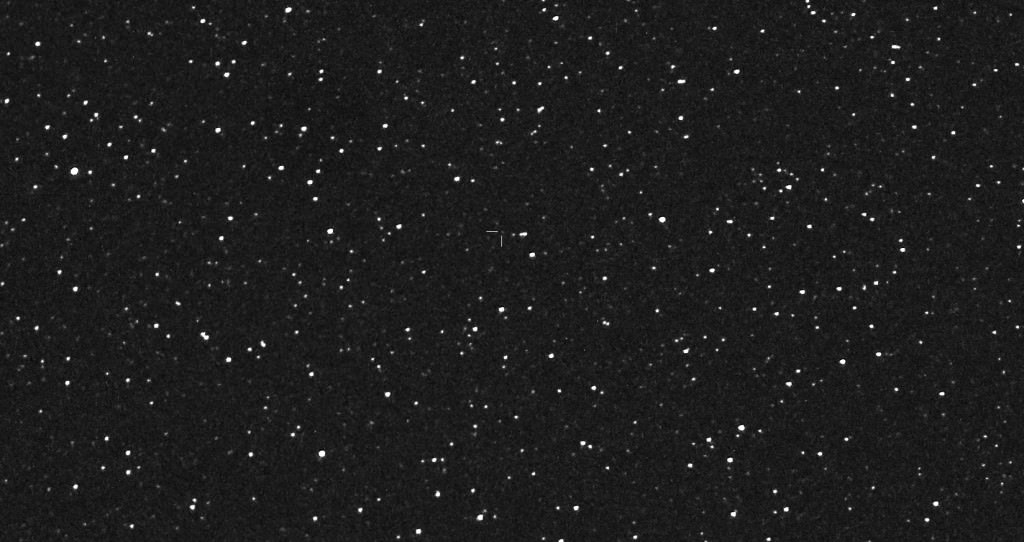
Just think, in less than a few weeks time, science writers will (at last!) have a wealth of Plutonian imagery to choose from courtesy of New Horizons, and not just a few blurry pics and artist’s conceptions that we’ve recycled for decades… let us know of your tales of tribulation and triumph as you attempt to hunt down Pluto this summer!

